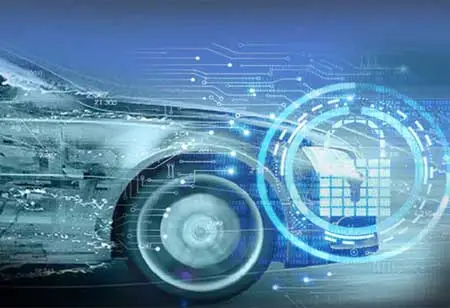Summary: Green solvents offer substantial potential benefits in chromatography analysis but also present drawbacks that warrant careful consideration.
FREMONT, CA: Green chemistry is pivotal in advancing the Sustainable Development Goals (SDGs) and is critical in pursuing cleaner and more environmentally friendly chemistry practices. One area where green chemistry is making significant strides is developing green solvents as alternatives to conventional solvents.
Traditional solvents, often derived from petroleum sources, carry a substantial carbon footprint, making their production and use environmentally challenging. Transitioning from fossil-based solvents to biobased solvents is vital in reducing the carbon footprint and lessening our reliance on non-renewable fossil sources, which are environmentally detrimental and prone to price volatility.
The shift towards green solvents involves harnessing a diverse range of biobased materials, including oilseeds like rapeseed, soybean, and sunflower, as well as grains such as corn, sugarcane, and beet sugar, along with wood and pine by-products. Researchers are diligently working to expand and refine plant biomass conversion, including utilizing by-products and waste materials as bio-based resources. It is crucial, however, to ensure a stable and consistent supply of these feedstocks in the long term without competing with food production.
Green solvents are a pivotal component of the ongoing endeavor to foster sustainability and greener practices within chemistry. Ideally, these solvents can be eliminated from processes altogether, but when needed, they can be substituted with greener alternatives sourced from sustainable and renewable resources. However, it's important to note that there is no universally perfect green solvent due to the vast diversity and versatility within the solvent family. Each solvent must be evaluated holistically and tailored to specific needs and applications.
Green Chemistry represents a branch of chemistry devoted to developing chemical products and processes that prioritize environmental sustainability and safety. In this field, green solvents have gained prominence in various chemical applications, including chromatography analysis. However, as with any emerging technology, there are potential drawbacks.
One significant drawback of employing green solvents in chromatography analysis is their limited compatibility with certain sample types. Green solvents like supercritical carbon dioxide, ethanol, and water may not effectively separate complex mixtures containing polar and non-polar components. Traditional solvents like chloroform, methanol, and hexane may prove more suitable in such instances.
Another potential challenge is the risk of reduced resolution and sensitivity when using green solvents. These solvents often exhibit lower boiling points and higher vapor pressures than traditional counterparts, leading to increased band broadening and peak tailing. Consequently, separation resolution can suffer, and detection sensitivity may decrease.
Some green solvents may be costlier or less readily available than conventional solvents. For instance, supercritical carbon dioxide necessitates specialized equipment, incurring additional expenses. Similarly, certain bio-based solvents may not be produced in large quantities, limiting their industrial applicability.
Environmental considerations also come into play, particularly concerning the production and disposal of green solvents. While generally more sustainable, these solvents may pose environmental challenges if not managed properly. Some bio-based solvent production processes may consume significant water or energy, potentially offsetting their environmental benefits.
Before adopting green solvents in any application, it is essential to thoroughly assess their compatibility with the sample, their impact on separation resolution and sensitivity, and their environmental and economic implications. A balanced evaluation ensures informed decision-making in pursuit of sustainable and effective chromatography practices.

